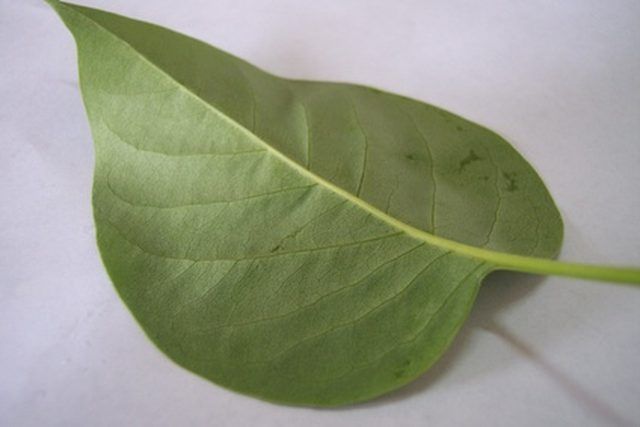Bulbs
Flower Basics
Flower Beds & Specialty Gardens
Flower Garden
Garden Furniture
Garden Gnomes
Garden Seeds
Garden Sheds
Garden Statues
Garden Tools & Supplies
Gardening Basics
Green & Organic
Groundcovers & Vines
Growing Annuals
Growing Basil
Growing Beans
Growing Berries
Growing Blueberries
Growing Cactus
Growing Corn
Growing Cotton
Growing Edibles
Growing Flowers
Growing Garlic
Growing Grapes
Growing Grass
Growing Herbs
Growing Jasmine
Growing Mint
Growing Mushrooms
Orchids
Growing Peanuts
Growing Perennials
Growing Plants
Growing Rosemary
Growing Roses
Growing Strawberries
Growing Sunflowers
Growing Thyme
Growing Tomatoes
Growing Tulips
Growing Vegetables
Herb Basics
Herb Garden
Indoor Growing
Landscaping Basics
Landscaping Patios
Landscaping Plants
Landscaping Shrubs
Landscaping Trees
Landscaping Walks & Pathways
Lawn Basics
Lawn Maintenance
Lawn Mowers
Lawn Ornaments
Lawn Planting
Lawn Tools
Outdoor Growing
Overall Landscape Planning
Pests, Weeds & Problems
Plant Basics
Rock Garden
Rose Garden
Shrubs
Soil
Specialty Gardens
Trees
Vegetable Garden
Yard Maintenance
Guide to Leaf Identification
Guide to Leaf Identification. Identifying the leaves of assorted species of trees and shrubs first involves classifying the leaves and inspecting their many features. Putting all the data together can then permit you to identify the species to which the leaf belongs.

Identifying the leaves of assorted species of trees and shrubs first involves classifying the leaves and inspecting their many features. Putting all the data together can then permit you to identify the species to which the leaf belongs.
Types
Leaves are simple or compound. Simple leaves have one blade, while compound leaves are more complicated. A compound leaf features one longer centralized axis upon which leaflets occur in rows. Those compound leaves with two rows of leaflets are pinnately compound leaves, while those with smaller "branches" of leaflets radiating off the main axis are bipinnately compound. Palmately compound leaves have leaflets radiating out like fingers from the end of a stem.
Features
The shape, margins, tips, bases and the venation of a leaf all figure heavily into its identification, according to the book "Trees of North America" by C. Frank Brockman. For example, the leaf of a gray birch (Betula populifolia) will be triangular with toothed edges, an acutely pointed tip, a straight base and veins fanning out from its center.
Size and Color
Leaf size and color also factor into the recognition equation. Variances in color from the underside of the leaf to its top surface occur. Lengths and widths of leaves can often be deciding components, especially between leaves of different species that have striking similarities.